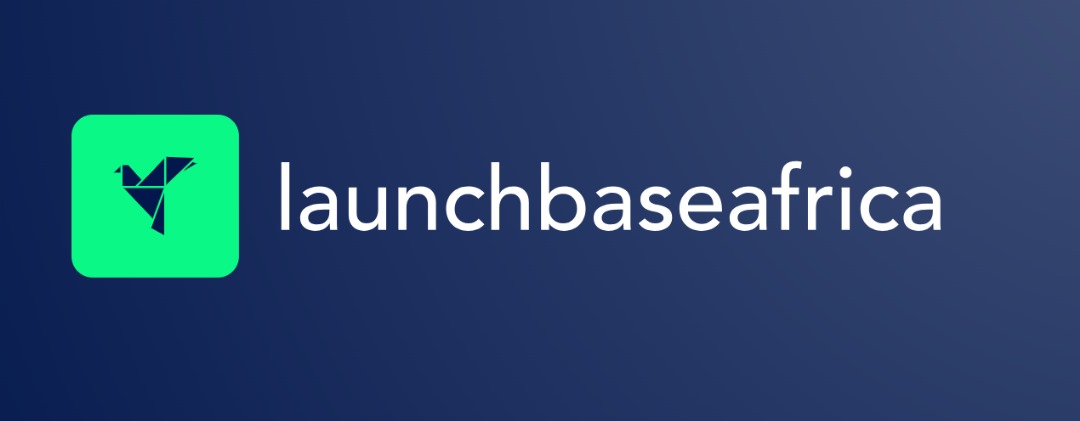For years, Valu has been one of Egypt’s standout buy now, pay later (BNPL) players. But its latest earnings report shows something more striking: a clear shift from point-of-sale lender to a broader payments and lifestyle platform.
This shift, moving the core user interaction from infrequent loans to daily spending, is the engine behind the company’s staggering growth and is creating a powerful ecosystem that could be difficult for competitors to challenge.
The numbers tell the story of a company in transition. For the first nine months of 2025, Valu’s gross revenue hit EGP 4.03bn (approx. $85.6m), up 84% year-on-year. More impressively, net income surged 139% to EGP 541mn (approx. $11.5m), indicating the business is achieving scale and profitability simultaneously.
But the most revealing metrics are not on the income statement; they are in user behaviour.
The Pivot in Data: From Volume to Frequency
While the total value of goods and services purchased through its platform (GMV) grew a solid 56% to EGP 17.3bn, the number of transactions more than doubled, exploding by 107% to 6.1 million.
This divergence is critical. It signals that the growth is being driven not by customers taking out a few larger loans, but by them making many more, smaller transactions. The average user now transacts 13.6 times over nine months, a 75% increase from the 7.9 transactions per customer a year earlier.
“This reflects customers’ growing reliance on Valu as a lifestyle-enabling payment method across all ticket sizes,” the company stated in its report.
The Linchpin: The Valu Prepaid Card
The catalyst for this behavioural shift is the Valu Prepaid Card, launched just over a year ago. The card allows users to access their credit limit anywhere that accepts card payments, breaking Valu out of its closed network of partner merchants and into the entire Egyptian economy.
Its adoption has been rapid. Activated cards grew 221% year-on-year to 218,000 in the third quarter, and the average daily spend through the card reached EGP 16.7mn (approx. $355,000), up 123%.
Perhaps the most telling data point is the 3:1 ratio of spending transactions to top-up transactions. This indicates that for every time a user adds funds to their card, they use it for three separate purchases. This pattern confirms the card has evolved beyond a simple cash-access tool into a primary payment method for everyday use.
The Strategic Cannibalization
This strategic pivot has not been without consequence for Valu’s older products. The company explicitly noted that the prepaid card is “fulfilling similar use cases once served by Sha2labaz,” its legacy invoice-based cash loan product.
The data bears this out: the share of GMV from Sha2labaz contracted by 316 basis points over the past year, while the Prepaid Card’s share surged by 880 basis points to become 17.5% of all GMV.
This intentional cannibalization of a legacy product by a more versatile, platform-centric one is a recognized but difficult strategy to execute. It demonstrates a focus on long-term ecosystem value over short-term product-specific performance.
Building the Moat: Engagement, Data, and Risk
The move to daily spending creates a powerful virtuous cycle for Valu.
- Deeper Engagement: A customer using Valu for a semi-annual furniture loan is a transactional relationship. A customer using the Valu card for groceries, fuel, and coffee several times a month is embedded in the ecosystem, increasing switching costs and lifetime value.
- Diversified Revenue: The strategy is spawning new, high-margin revenue streams. Income from non-interest prepaid card fees — a classic payments business model — surged from EGP 7mn to EGP 60mn (approx. $1.3m) year-on-year.
- Superior Risk Management:Crucially, this aggressive growth has not degraded the quality of Valu’s loan book. The company reported a record-low non-performing loan (NPL) ratio of 0.92%, a figure that would be enviable for any consumer lender globally and one that improved from the previous quarter.
This pristine asset quality is not accidental but the result of a sophisticated and active portfolio management strategy. Valu is not just originating more loans; it is deliberately shaping the profile of its portfolio. A key indicator of this is the increase in its Weighted Average Tenor (WAT) — the average length of its loans — which rose from 15 to 18 months. The company attributes this to a rise in “high ticket size purchases such as big loans and cars,” signaling a strategic move upmarket to target larger, longer-term loans that generate more interest income.
This shift toward bigger-ticket items is managed with notable discipline. The company acknowledged a slight dip in the ratio of new loan issuances to total GMV, explaining it as a reflection of its “prudent approach to risk while approving large-ticket size purchases.” In practice, this often means requiring larger down payments, thereby reducing the lender’s exposure on each individual contract.
This careful balancing act is underscored by a key operational metric: Valu maintains a healthy approval rate of approximately 46%. This combination — a record-low NPL ratio and a nearly one-in-two approval rate — is critical. It demonstrates that Valu is achieving its exceptional credit quality not by being overly restrictive and rejecting most applicants, but through the precision of its proprietary underwriting models and disciplined risk framework, which allow it to scale confidently without sacrificing portfolio integrity.
Funding and Liquidity
A less glamorous but critical detail underpinning this growth is Valu’s sophisticated funding strategy. For a lender, a reliable and diverse source of capital is its lifeblood. Valu has secured EGP 11.2bn (approx. $238m) in authorised bank facilities from 24 financial institutions.
More notably, the company is actively using securitisation — a process of bundling its loans into tradable securities and selling them to investors — to free up capital. In the third quarter alone, it completed two securitisation deals worth EGP 1.93bn (approx. $41m), bringing its total securitised portfolio to EGP 17.7bn across 18 waves.
Why this matters: This access to diverse, institutional funding at scale is a significant moat. It provides Valu with the liquidity to fuel its growth and demonstrates market confidence in the quality of its loan portfolio, insulating it from shocks in the banking sector.
Expansion and Execution Risk
The report also confirms Valu’s regional ambitions, noting it has received “initial approval from the Central Bank of Jordan (CBJ) to launch operations.” This expansion is the next logical step but carries inherent execution risk, testing whether its Egyptian model can be successfully transplanted to a new regulatory and competitive landscape.
Furthermore, while the prepaid card is a success, it introduces a new dynamic: 10% of its spending transactions are now from ATM cash withdrawals. This reintroduces a element of cash-based, off-network activity that the card was designed to reduce, though it also serves as a customer-acquisition tool for the unbanked.
The Bottom Line
Valu’s playbook reflects a global trend where successful fintechs evolve from single-product offerings to integrated platforms. The company is no longer just a lender; it is a sophisticated financial manager leveraging its loan portfolio to fund a broader ambition.
This strategy of embedding its services everywhere was recently amplified by a pivotal partnership. In September, Valu launched a digital onboarding feature on noon, the region’s largest digital marketplace. This integration is significant as it marks the first licensed BNPL transaction in Egypt conducted entirely through a digital onboarding process, under its FinTech license. The feature allows customers to access Valu’s credit instantly at the point of sale on noon’s platform without needing to download the Valu app first, effectively turning one of the biggest e-commerce sites in the region into a direct customer acquisition channel.
By using its core credit product as an initial customer acquisition tool and then seamlessly migrating users to a daily payment card, Valu is building a comprehensive financial ecosystem. For the 873,000 activated customers, the app is becoming, as the company puts it, a “one stop shop.”
This pivot from a simple credit limit to a daily spending tool is more than a product launch; it is a fundamental re-architecture of the business model. For the Egyptian market and observers across Europe and the Middle East, it presents a compelling case study in how to build a defensible and scalable fintech in an emerging economy. The challenge for Valu will be to maintain its exceptional risk discipline and operational efficiency as this newly engaged user base continues to scale.


